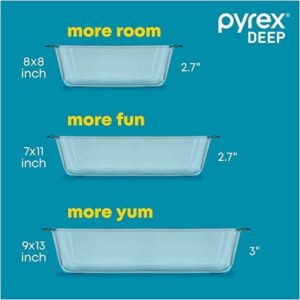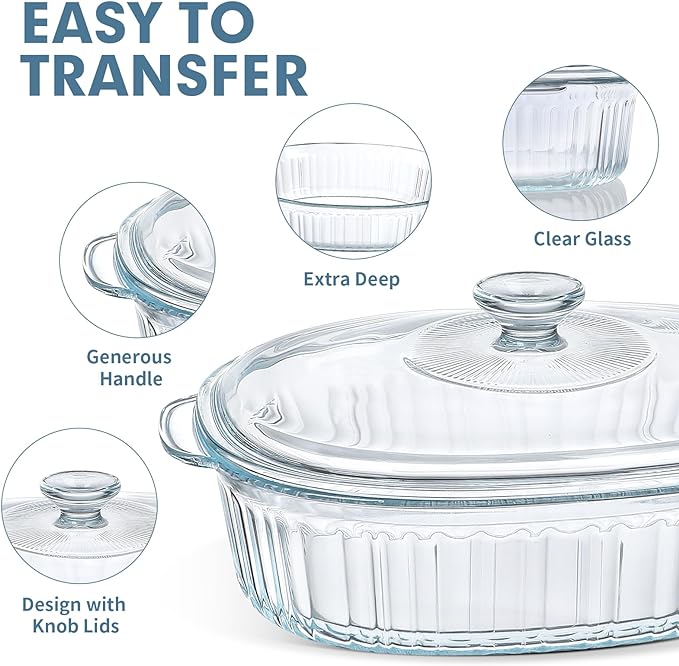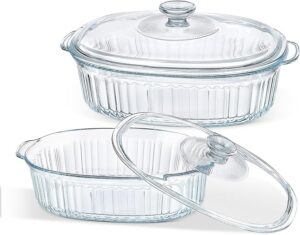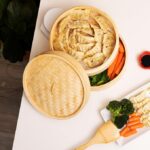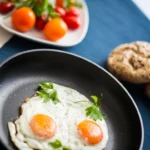Glass Cookware 2024: Benefits, Drawbacks, and Useful Cooking Tips
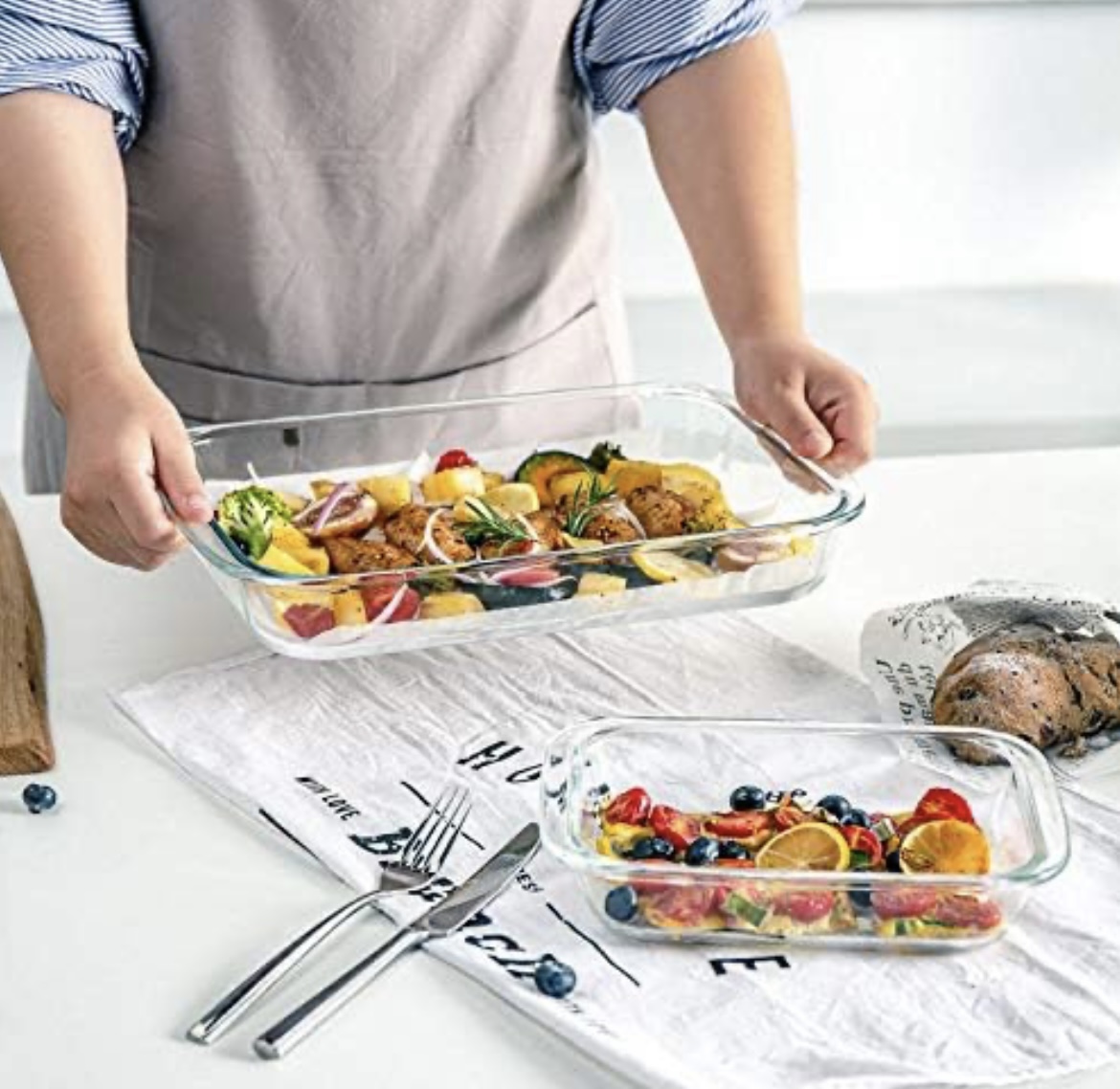
Ever thought about giving your kitchen a stylish, transparent upgrade? Glass cookware might be just what you need. It’s trendy, functional, and has its own set of perks and quirks. Let’s take a peak into the world of glass cookware, exploring its benefits, drawbacks, and some handy cooking tips to make the most out of it.
Table of Contents
Benefits
1. It’s Pretty and Practical
One of the coolest things about glass cookware is that it’s see-through. No more lifting lids to check if your soup is boiling or your casserole is bubbling away nicely. You get to watch your food cook in real-time, which is pretty satisfying.
2. Non-Toxic and Safe
Glass is a superstar when it comes to being safe and non-toxic. Unlike some non-stick pans that might release harmful chemicals when overheated, glass is inert. This means it doesn’t react with your food, ensuring your meals are free from any unwanted additives. No need to worry about mysterious chemicals leaching into your spaghetti sauce!
3. Easy to Clean
Tired of scrubbing away at stubborn food residue? Glass cookware is here to save the day. Its non-porous surface means food doesn’t stick as much, making cleaning a breeze. Plus, it’s usually dishwasher safe, so you can let the machine do the dirty work.
4. Microwave and Oven Friendly
Glass cookware is versatile. It transitions from oven to microwave without breaking a sweat. This is a huge plus for anyone who likes to cook and then reheat leftovers without dirtying extra dishes.
5. Retains Heat Well
Glass might take a bit longer to heat up, but once it’s hot, it stays hot. This even heat retention makes it great for dishes that require consistent cooking temperatures, like casseroles or baked dishes.
Drawbacks
1. Fragile Nature
While glass cookware is durable, it’s not indestructible. Drop it, and you might end up with a shattered mess. It also doesn’t handle extreme temperature changes well. Going from freezer to oven can cause it to crack or shatter, so be mindful of temperature transitions.
2. Heavy
Glass cookware can be on the heavier side. This might not be a big deal for some, but if you’re lugging a large lasagna dish in and out of the oven, you’ll definitely feel the weight.
3. Slow to Heat
Unlike metal pans, glass cookware takes its sweet time to heat up. This can be a downside if you’re in a hurry. On the flip side, its slow heating nature can be beneficial for even cooking.
4. Limited to Certain Cooking Methods
Glass cookware is perfect for baking, roasting, and microwaving, but it’s not meant for stovetop use. Direct flame or high stovetop heat can cause it to break, so keep your glass cookware in the oven or microwave where it belongs.
1. Avoid Sudden Temperature Changes
To prevent your glass cookware from shattering, avoid drastic temperature changes. Don’t take a dish straight from the freezer to a hot oven. Let it come to room temperature first, or preheat the oven with the dish inside.
2. Use Lower Oven Temperatures
Glass retains heat well, so you can often cook your dishes at slightly lower temperatures than you would with metal cookware. Keep an eye on your food and adjust cooking times as needed.
3. Handle with Care
Treat your glass cookware gently. Avoid banging it against hard surfaces and handle it with care, especially when it’s hot. Use oven mitts or pot holders to protect your hands and prevent accidents.
4. Clean with Non-Abrasive Materials
To keep your glass cookware looking its best, clean it with non-abrasive sponges or cloths. Abrasive materials can scratch the surface, making it more prone to breaking. If you encounter stubborn stains, a soak in warm, soapy water should do the trick.
5. Embrace the Transparency
Take advantage of the see-through nature of glass cookware. Check on your food without opening the oven, ensuring it’s cooking just right. This is particularly useful for dishes like bread or cakes, where opening the oven can cause them to deflate.
Categories of Glass Cookware
1. Baking Dishes and Casseroles
These are the most common types of glass cookware. Perfect for lasagnas, casseroles, and baked desserts, they come in various shapes and sizes to suit your cooking needs.
2. Pie Plates
Glass pie plates are a baker’s favorite. They distribute heat evenly, ensuring a perfectly cooked crust and filling. Plus, they let you see when the crust is perfectly golden brown.
3. Mixing Bowls
Glass mixing bowls are great for prepping ingredients. They’re microwave safe, so you can melt butter or chocolate directly in the bowl without needing to transfer it.
4. Measuring Cups
Glass measuring cups are durable and versatile. They can handle hot and cold liquids and are often microwave safe, making them perfect for various kitchen tasks.
5. Storage Containers
Glass storage containers are perfect for leftovers. They can go from fridge to microwave, and their transparent nature makes it easy to see what’s inside. Just be careful not to freeze them unless they’re specifically labeled as freezer-safe.
Order Your Glass Container Now
Conclusion
Glass cookware is a fantastic addition to any kitchen, offering a blend of practicality, safety, and style. While it has its drawbacks, with the right care and attention, it can be a reliable kitchen companion. Whether you’re baking a lasagna, whipping up a pie, or storing leftovers, glass cookware brings a touch of elegance and transparency to your culinary adventures. So, next time you’re considering an upgrade, why not give glass cookware a try? You might just find it to be the perfect fit for your kitchen needs.
Read More:
3 Best Electric Griddles to Buy from Amazon in 2023

